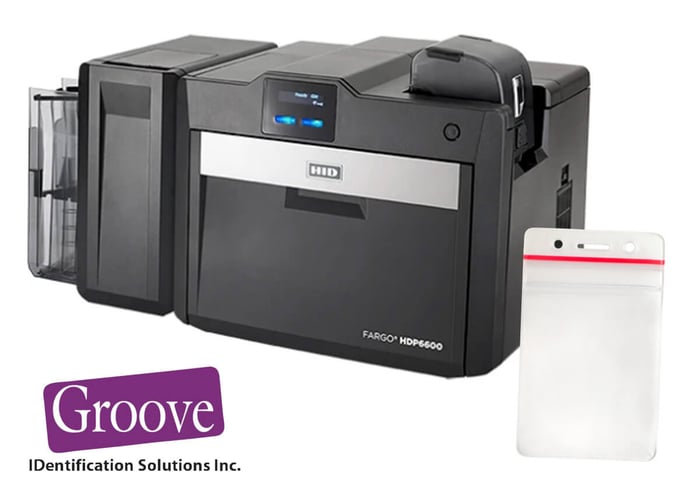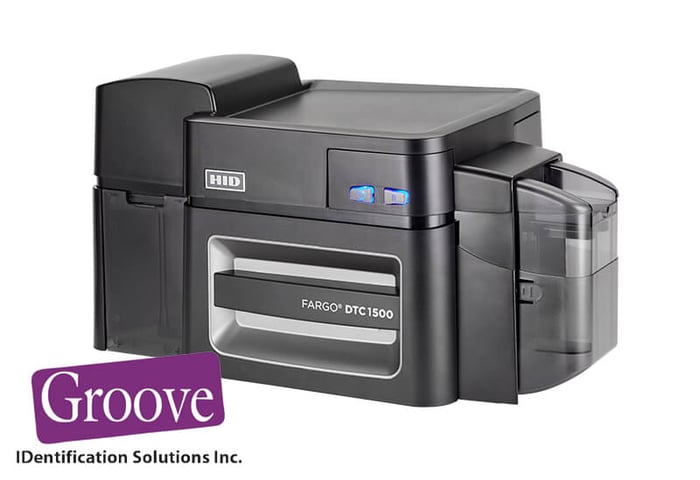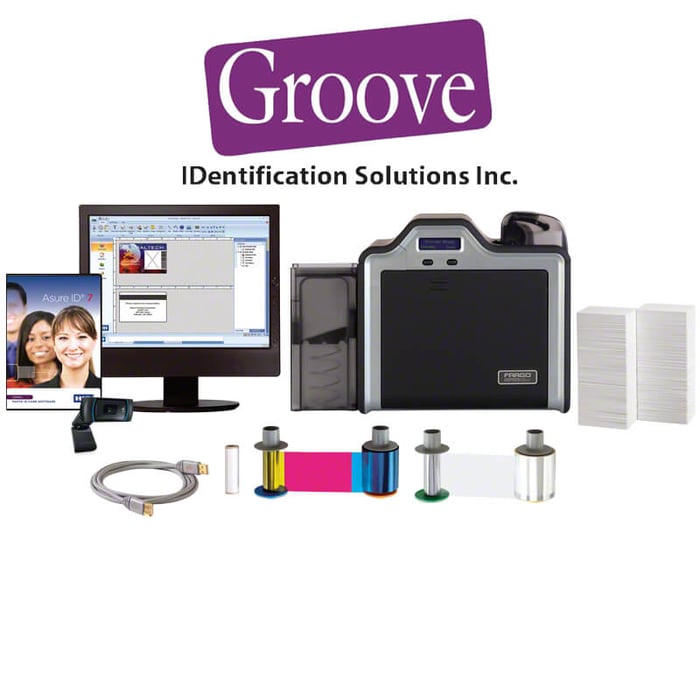Why Do Our ID Cards Leave Imprints on Our Badge Holders?
Excessive heat or constant pressure causes dye transfer, resulting in ID Cards leaving unwanted images on your badge holders. Find out how you can keep this from happening once and for all.
If you’re like many security teams, you have your staff place their ID Cards in transparent card holders. Over time, you may see imprints forming on the badge holder’s clear plastic. Manufacturers call the process that causes this “dye transfer.”
Dye transfer is annoying for a couple of reasons. The information on the badge gradually becomes illegible and unrecognizable. So, you end up printing more cards. Besides that, the unwanted imprint on the card holder means that your facility can’t reuse it when your team issues a new card.
Higher Temperatures or Constant Pressure Cause Dye Transfer
Dye transfer usually happens when we regularly store ID cards at higher temperatures or under constant pressure. Heat can come from working outside in the summer or leaving a badge inside its holder in a hot car.
An ID Card inside a wallet with a clear plastic window can also cause this problem. Carrying that wallet in a back pocket is the most common cause of dye transfer from pressing the card against the clear plastic.
You could try telling your employees not to do any of those things with their badges, but that’s usually not feasible. It’s better to get at the cause of the problem by changing the equipment and supplies you use in your Photo ID program.
The cheapest solution is applying a self-adhesive laminate to each card. The Over-Laminate provides a protective coating and prevents the dye from transferring from the card’s surface to the holder.
When they consider the staff time involved in hand wrapping every card, many teams decide that this approach is “penny-wise and pound foolish.”
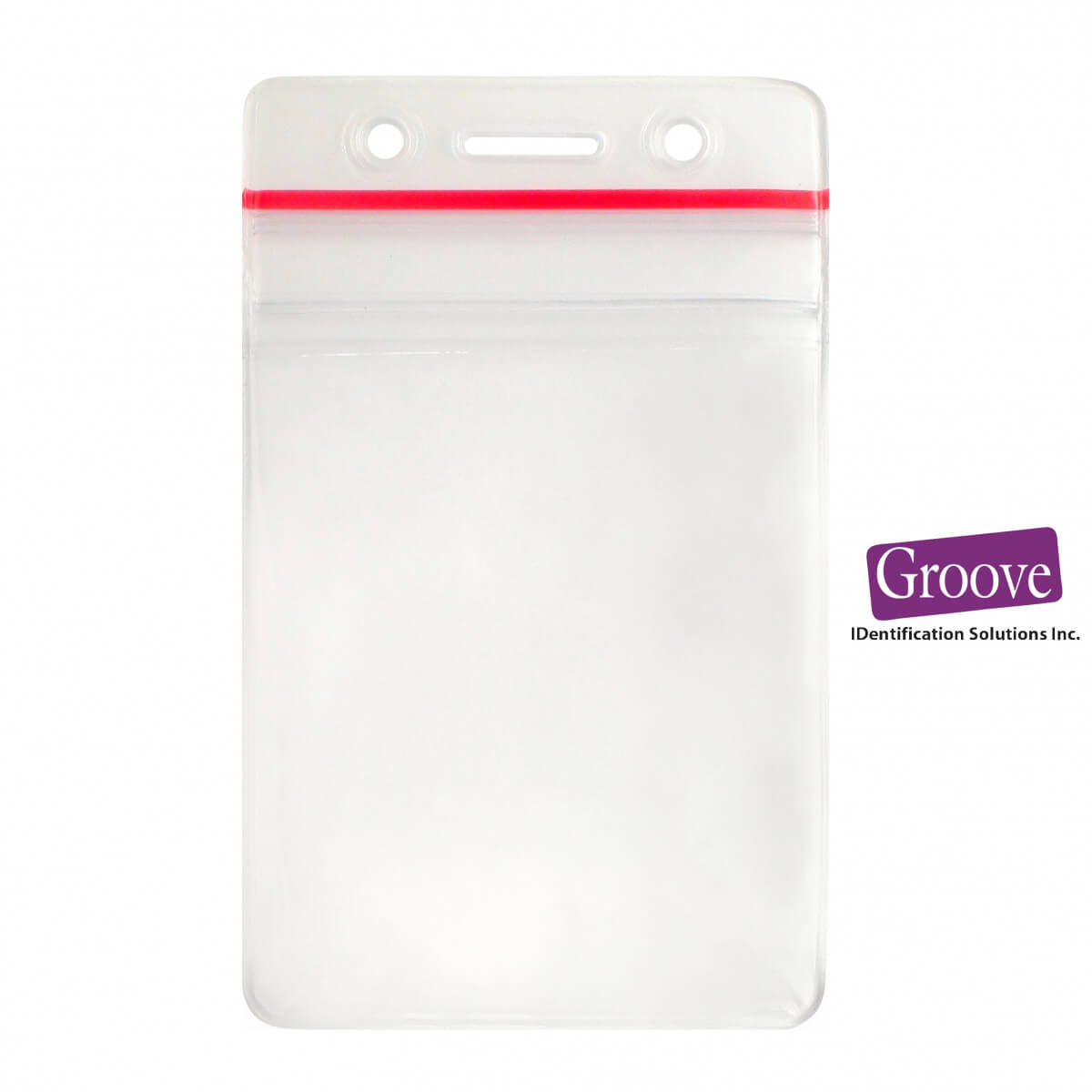
Another solution is to buy different card holders. You can purchase anti-print-transfer badge holders. Manufacturers fabricate them from premium quality vinyl that won’t absorb the dye from the cards they protect. Since dye transfer is a common problem for outside workers, some models come with a weather-resistant Ziploc to keep out dirt and moisture.
Click Here To Purchase Vinyl Badge Holders with a Ziploc!
These approaches are inexpensive, but they still don’t get to the heart of the problem. The ideal solution is to produce ID Cards that don’t transfer their dyes in the first place. You can do that by upgrading to a Laminating ID Card Printer.
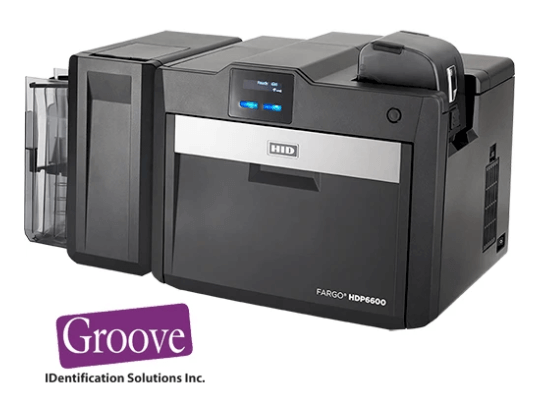
Upgrading to a Laminating ID Card Printer
This type of printer places a patch of clear or holographic laminate on the plastic card as the final step in the printing process. The laminate provides a barrier between the card and its holder, keeping the dye from coming off the badge.
Laminating ID card printers have some other significant advantages. They’ll reduce different kinds of wear and tear on your cards, so they’ll last longer. Laminated badges are also harder to tamper with, which can prevent fraud and make them more secure. Besides, there’s something about laminated badges that makes them seem more professional-looking.
If you’re getting frustrated by card images coming off on your badge holders, our support team at Groove would be pleased to discuss your application with you.
We can work with you to select the right equipment and supply choices to ensure this never happens again. We’re happy to discuss the range of product options and help you choose the one that’s right for your facility.
Maybe you’ve run into this problem and solved it on your own. If so, we’d love to hear about how you got rid of annoying dye transfer issues. We’d also be pleased to answer any questions you may have.
Contact us today to see how we can help!

